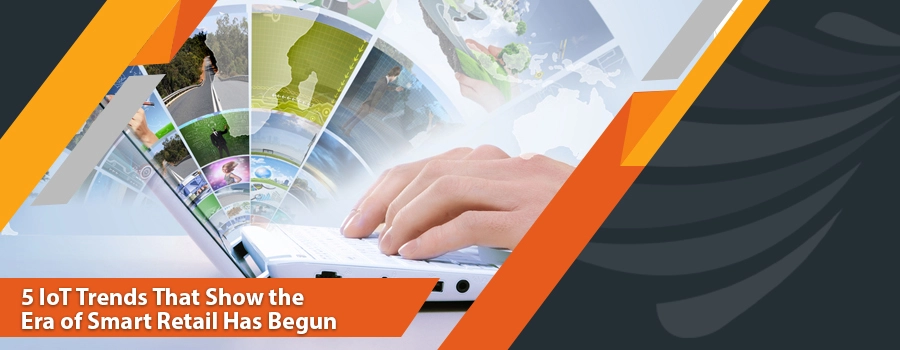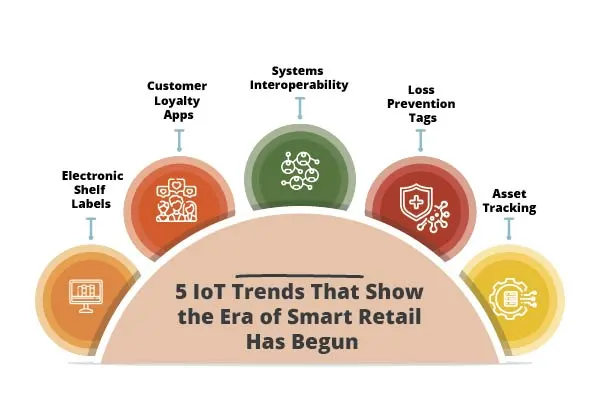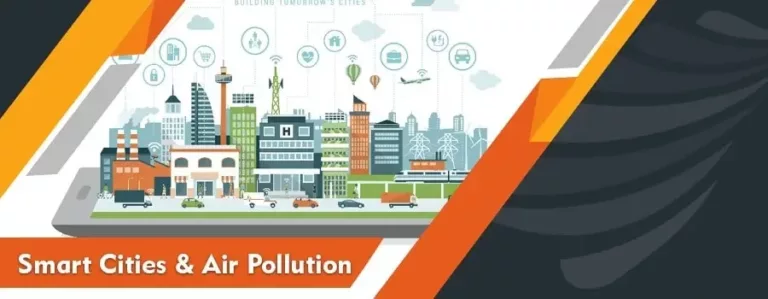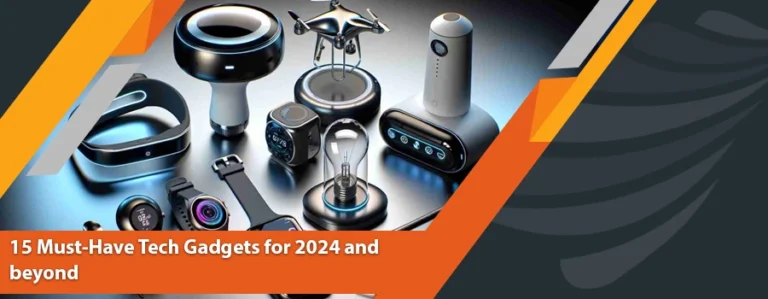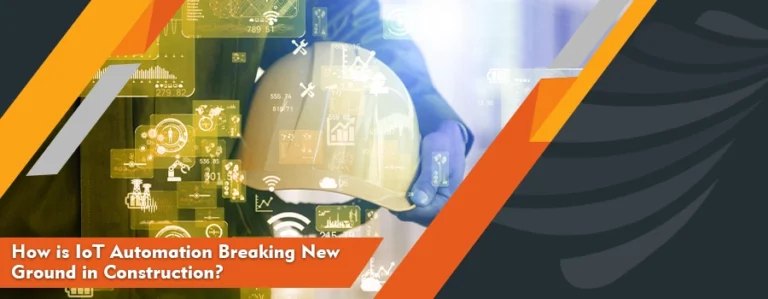The world is changing at an accelerating level owing to digitalization and technological advancement. Almost every segment of society is getting a digital upgrade with the help of IoT-based solutions. Like any other sector or domain, the retail industry or business does not remain untouched by IoT applications. It has the potential to change the landscape of this industry completely.
IoT in retail has started to transform retail’s working and operation significantly. In terms of both the customers’ and business end, their experiences are getting better and better. The shopping, buying, marketing, and selling patterns are changing with heavy dependency on IoT-solution. Even the term and conventions of traditional retail are getting replaced by smart retail.
Smart retail is all about utilizing smart technology in the commerce sector to provide the customers with a safer, faster, and more suitable buying experience. It refers to the application of IoT-based tech in improving the classical shopping experience. This can also mean that online shopping can take place in classic brick—and—mortar stores.
Given the situation of IoT in retail, below are five trends of IoT that highlight the fact that the era of smart retail has begun:
1. Asset Tracking Tech
The consistent IoT integration has substantially enhanced the domain of asset tracking technologies. Therefore, many retail stores, including grocery stores, car retailers, etc., have begun utilizing different asset tracking tools and equipment. In fact, TrackPro is a popular asset tracking system that helps multiple businesses, especially car retailers or construction sites, keep track of their assets.
Likewise, such trends are increasingly becoming vital in fleet management and transportation of goods through trucks while making the whole operations safer and secure. Moreover, such technologies are now becoming a part of textile and grocery stores, which has taken the experience of a shopping spree to another level. It helps or more appropriately guides the customer toward the aisle of the desired product, easing the stress of locating something.
On the other hand, stores are now fully aware of their stock. It helps them keep in check and cater to the needs of the masses. The concept of demand and supply has been updated with such IoT-based innovation.
2. Electronic Shelf Labels
Traditionally, the price list of products in grocery or retail stores changed from time to time. This burdens the retailers to keep the price list updated constantly. Ultimately, it includes a long and laborious job on the retailer’s end as it heavily depended on paper shelf labels. However, retail stores are now upgrading with Electronic Shelf Labels ESLs. This trend helps the retailer update or have accurate real-time pricing across the entire store.
This trend has crucially transformed the retailer’s experience by curtailing almost all of the manual input and working with the help of certain IoT-based sensors, hardware, and software.
3. Loss Prevention Tags
Another trend of IoT gaining momentum is loss prevention tags being put into the products. It is a low-cost, low-power Bluetooth technology that helps in gaining information about a product.
These Bluetooth-based tags are becoming an integral part of the shopping experience. These tags are attached to different products such as clothes, apparel, etc., which help identify or provide necessary information to a customer in the customer’s loyalty app.
Moreover, customers can scan the tags with their phone’s app and transact with the retailer or the store owner. The customer is far more involved through this IoT-based application than the retailer. Thus, it enhances the customers’ experience by increasing their involvement in the shopping process.
4. Customer Loyalty Apps
Speaking further on customer loyalty apps, stores are further enriching the customer’s experience by introducing such IoT-based trends of loyalty apps. For retailers’ businesses, it is pertinent that they should make loyal customers either by improving their shopping experiences or by rewarding them for consistent purchases in their stores with different discounts. Whereas shoppers or customers generally like to be rewarded for their steady visits and repeat purchases at a particular store. So, they like to feel special and regarded by the store management.
Hence, these apps can be vital in launching loyalty programs or campaigns. With such IoT-based customer loyalty apps, retailers can maintain or even increase their sales ratio through different tailored promotions. Also, this will increase the ratio of returning customers while making a credible name in the market among its competitors.
5. Systems Interoperability
Finally, this trend is about integrating the abovementioned trends in a particular retail store. Retailers must or can find a way to integrate all the above technologies in their stores so that they can interoperate in one place. This can help not only in improving their sales but also their productivity and operational excellence.
Some stores have seamlessly integrated all the systems in their operations. For instance, stores like Amazon Go or 7-Eleven are fully operational and functional with the cashier-less feature, which mainly involves customer input.
Impacts
It is evident that because of the integration of IoT-based products, the retail industry will undoubtedly evolve to a whole new level, paving a frictionless way for e-commerce. This will reduce the significant burden on the retailer’s shoulder by cutting down the expense of factors like a large number of labor, time, and space barriers, or unpredictive mishaps. Moreover, given the aftermath of the recent Covid-19 pandemic, smart retail will further enhance and secure the operations and interactions of different socio-economic activities among human beings while providing safe distancing due to its digitalization. It will keep the world digitally connected and running in case of any future pandemic.
Nevertheless, IoT-based solutions will improve the working of the retail industry and will have a positive impact on the overall sales ratio.
Conclusion:
In summary, with the boom of technological advancement, the market is increasingly becoming dependent on IoT-based solutions. Different stores are setting multiple trends to automate their operations gradually. Likewise, many stores are moving toward IoT solutions to increase their service’s excellence and customer involvement. As a result, this will transform a simple store into smart retail, making this industry fast and efficient. Indeed, it is another thread or concrete representation of the smart city concept.

